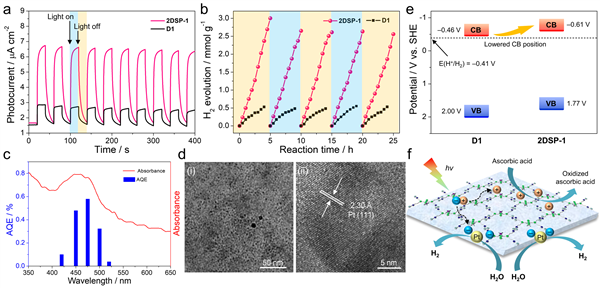The research work on the construction of two-dimensional supramolecular polymers utilizing selective recognition of cation-π and donor-acceptor interactions has been published in Angew. Chem. Int. Ed.
Supramolecular polymers with complex topology and highly ordered structures, particularly two-dimensional supramolecular polymers (2DSP) constructed through the connection of structural units via non-covalent bonding using supramolecular engineering strategies, exhibit tremendous potential applications in catalysis, adsorption separation, and semiconductor devices. The 2DSP include a large surface area and periodic long-range ordered structures, resulting in excellent optoelectronic properties. Presently, various structures of 2DSP can be synthesized by utilizing orthogonal recognition between two distinct types of non-covalent interactions. These interactions include host-guest interactions/metal coordination, metal coordination/hydrogen bonding, and hydrogen bonding/aromatic stacking, among others. However, achieving orthogonal recognition and circumventing mutual interference becomes a challenging task when the same type of non-covalent interaction, especially aromatic stacking, coexists within the same system. This interference hampers the formation of well-ordered 2D structures, resulting instead in the formation of disordered aggregates. Consequently, the application scope of such polymers is significantly constrained.
Recently, the research group has proposed an aromatic-selective recognition strategy based on previous studies on the controlled construction of cation-π chemistry in supramolecular polymers and supramolecular co-assembly. This strategy overcomes the mutual interference between cation-π and donor-acceptor interactions, which both belong to aromatic stacking. Consequently, it enables the successful construction of structurally regular and ordered 2DSP. Moreover, the application of 2DSP in the field of photocatalytic hydrogen evolution has also been explored. In this work, the authors designed a series of C4-symmetric cationic monomers, denoted as D1-D4. Taking D1 as an example, it consists of a rigid 9,10 dialkylanthracene (An) core and four cationic phenylimidazole (PI) arms. When D1 co assembles with 1,2,4,5-tetracyanobenzene (TCNB), precise control of the direction and strength of non-covalent interactions avoids the coexistence of four binding modes: PI-dimer, An/TCNB, An/PI, and PI/TCNB. Only selective and specific binding occurs based on cation-π and donor-acceptor interactions, resulting in the formation of ordered 2DSP. The constructed 2DSP was then employed in photocatalytic hydrogen evolution. The results demonstrate a photocatalytic hydrogen evolution rate for 2DSP that is 4.6 times higher than that of D1 self-assemblies. This work not only opens up a new pathway for aromatic-selective recognition in π-conjugated systems but also provides a new method for the controlled synthesis of supramolecular polymers with complex topological structures and the development of functional materials.

The research findings were recently published in "Angewandte Chemie International Edition" (2023, 62, e202302274).
(Paper link: https://onlinelibrary.wiley.com/doi/10.1002/anie.202302274)